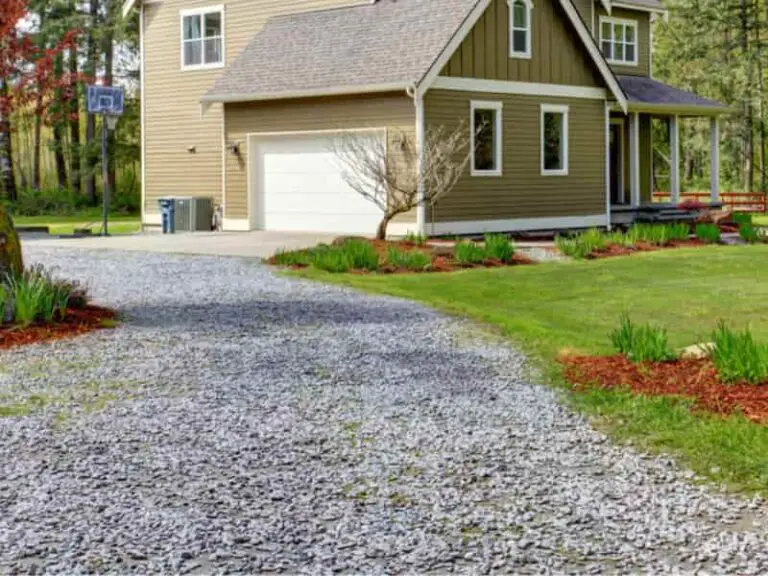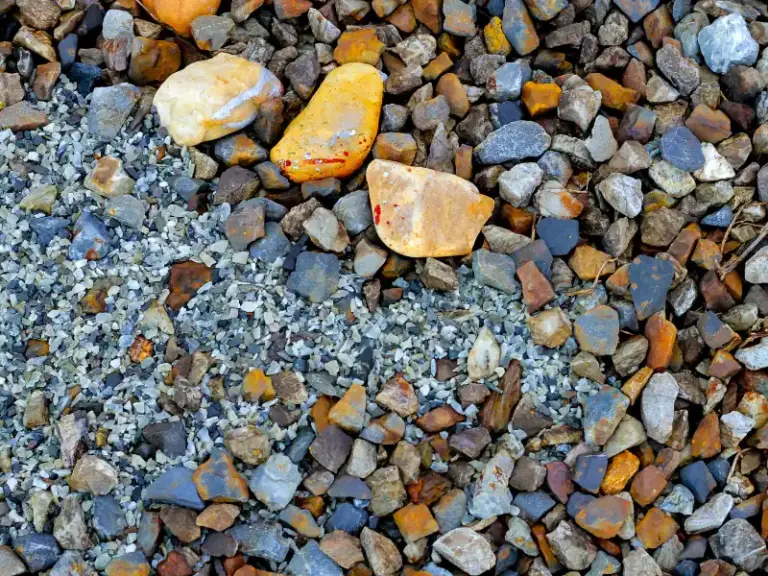Can you Paint an Old Concrete Driveway?
If you’re a DIY enthusiast and making your concrete driveway new using paint is on your to-do list, you likely wonder how much it will cost and how to prepare it for painting. You’ve already done your math on the cost differences between hiring a painting professional who will probably charge from $30 to $200 per square meter and doing it yourself at $14-$20 per liter. You conclude that the latter option is practical with your budget. Here is a step-by-step guide on how to paint your old concrete driveway.
What kind of paint should you use?
When planning to paint your driveway, make sure you purchase a product designed for concrete or masonry. These paints are thicker than standard exterior or interior wall paints. They’re also formulated with binders, supporting the concrete surfaces’ action of expanding and shrinking.
To ensure you buy the best product, check out the label to see if it’s designed for the garage and floors. The best paint for your concrete driveway should:
- Be grease-resistant, motor-oil-resistant, and resistant to peeling due to hot tires.
- Be designed for other applications like basement floors, walkways, carports, and garages.
- Be capable of withstanding heavy motor-vehicle traffic for at least five years before your driveway needs repainting and resealing.
Unlike an acid-based stain which may penetrate and inhibit the salt and mineral content in the concrete, concrete paint won’t cause any reactions. Provided you prepare the surface correctly, you won’t have to worry about the paint chipping or peeling off over time.
How to paint a concrete driveway
Before you apply paint on your concrete driveway, ensure you designate a place where you can park your car since the paint might take a week or more to dry up. Painting your driveways with less rain, partial sunlight, and mild winds will help the curing process. It would help if you also placed a sign on the entrance and exit, warning people to avoid walking or driving through it. Finally, repair any large or small cracks before applying any paint.
Here is a step-by-step guide:
What you’ll need:
Tools: Paintbrush, tray, stirrer and respirator, dust mask, safety glasses, outdoor broom, and facemask.
Materials: Driveway paint, a bucket of water, masking tape, mineral turpentine, and etch primer.
Step 1: Clean the concrete driveway
Any painted surface should be cleaned effectively using trisodium phosphate to remove dirt, grease, oils, and molds. This also applies to your concrete driveway. If any moss or vines are growing on the foundation, use a pressure washer to remove them. You can also get rid of efflorescence on moist concrete using white powder.
If there are any cracks in the concrete, ensure you seal them before painting. You can sand the surface to make it smooth afterward. Allow it to dry for two days.
Step 2: Apply the etch primer to the surface
An etcher is designed to help the paint to stick to porous concrete surfaces. It would help if you mixed the etch primer in a bucket of water, then give your driveway a good sweep and scrub using an outdoor broom. Let the etcher sit on the surface for 10-20 minutes. Wash it off using a garden hose pipe. Beware that an etch primer contains powerful acid, which is why you should put on your gloves, safety glasses, and a facemask when applying it. If the product comes with a self-primer, you can skip this step.
Step 3: Seal the edges using a masking tape
The driveway paint can contact surrounding surfaces like the walls, garage walls, or even your lawn. Protect the edges using masking tape.
Step 4: Add the mineral turpentine to the driveway concrete paint to make it thin
Paints used for concrete driveways are usually thick and heavy-duty to withstand the vehicles driving over them. Applying the paint without mixing it with mineral turpentine may lengthen its curing period. For every liter of paint, ensure you mix it with 100ml of turpentine to make it thin. Remember to wear your personal protective equipment (PPE) to prevent you from inhaling the fumes this solution may emit.
Step 5: Paint it up using thin paint
Using your paintbrush, apply the paint, starting with the edges. Then, use a paint roller to cover the rest of the surface. Your painting motion should start from your garage entrance to the exit point to prevent you from getting trapped in a corner. Wait for 16 hours for the base coat to cure.
Step 6: Apply the second coat of paint
After the 16 hours have elapsed, apply the second paint with paint that’s not mixed with turpentine. Give it at least seven days to cure before you drive through it.
Tip on How to paint a concrete driveway
These steps are suitable for old concrete driveways, but if yours is new, wait for seven days before using latex-based paint and 28 days for oil-based paint. Avoid applying the paint using a sprayer as this may create uneven and erratic results.
When painting concrete, ensure it is free from contaminants and existing coating, dealers, or any other curing compounds to get the best results. Otherwise, the paint might not bond with the concrete well even if you choose a quality-assuring product. Ensure the concrete to be painted has a light texture to facilitate proper paint adhesion. If yours is smooth or possesses a hard-troweled finish, ensure you etch it with acid or use mechanical abrasions.
Concrete Driveway Color Ideas
If you’re stuck at what paint color to choose, go for earth-toned paints. They’re available in shades of sandy beige, tan and brown, making it perfect for people who want a paint that blends with their home exteriors and landscape.
Earth-toned dark shades are easier to maintain because they hide tire marks, stains, and dirt. Make sure you buy the product from a reputable supplier, and if you don’t feel confident about doing it on your own, it’s best to hire a paint job professional to do it. These experts can also offer their expert opinion on how to maintain your driveway so that you enjoy value for your money.
How long does the paint last?
Averagely, concrete paint brands suggest that it’ll take 3-5 years, depending on the weather conditions of your area and how you use your driveway. That means you’ll need to budget for painting every 4-5 years. However, some brands may last longer, particularly if the area is protected from elements that may speed up wear and tear.
Painting your concrete driveway has many advantages, including:
Easy to apply
Most products come with a clear instructions manual. The labels give you accurate descriptions of how to mix the paint with mineral turpentine. They also share an insight into the type of tools and materials you might need. Once you gather everything, you’ll need and choose a better weather condition to paint your driveway, and everything will go as planned.
The economic aspect
Everyone is looking to save money these days, which is why applying paint to your concrete driveway can be a cost-effective measure. By painting your driveway, you’re not only looking at the esthetic point of it but are also protecting it from cracks and peeling. So, when shopping for a paint product, ensure it is specially formulated for exterior surfaces. The price and the reputation of your supplier can help you determine the number of years it might take to serve you.
It offers you a broad selection of colors
Going by the wide range of color hues that concrete driveway paints have, it is no surprise that you’ll be spoilt for choices. One thing most painting professionals recommend is that earth-toned colors work best. Not only do they complement your landscape or exterior design, but they’re also easy to maintain. Still, there’s no manual for choosing colors. You can work with what suits your needs.
Provides good coverage
The sight of an unpainted concrete driveway is unwelcoming. Some people might find your driveway monotonous. Painting your driveway elevates the beauty of your house’s exteriors and increases the longevity of your concrete. Also, painting provides good coverage, allowing other surfaces to stand out.
Painting your concrete driveway with a clear sealant is an excellent and economical way of protecting your concrete from cracking. Painted concrete is also easy to maintain with water, preventing you from pressure washing. And since they’re available in a wide array of color hues, you’ll have peace of mind knowing your driveway will complement the exterior surfaces of your house and landscape.


